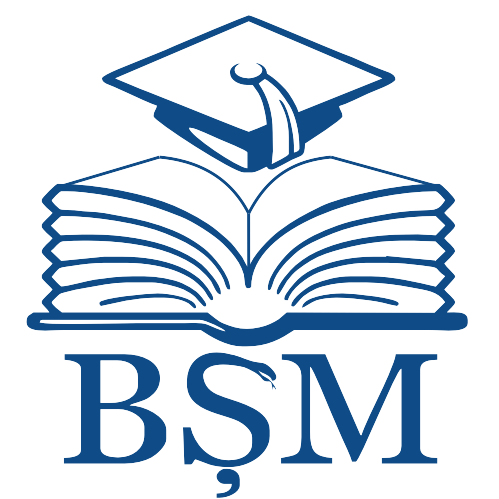|
|
- IRMS - Nicolae Testemitanu SUMPh
- REVISTE MEDICALE NEINSTITUȚIONALE
- The Moldovan Medical Journal
- The Moldovan Medical Journal
- The Moldovan Medical Journal 2023
- Moldovan Medical Journal, December 2023, Vol. 66, No 2
Please use this identifier to cite or link to this item:
http://hdl.handle.net/20.500.12710/26883
| Title: | Directions for optimizing the organization of long-term anticoagulant treatment |
| Authors: | Sumarga, Natalia
Belîi, Adrian |
| Keywords: | control of anticoagulant treatment;Warfarin management;oral anticoagulants;atrial fibrillation |
| Issue Date: | 2023 |
| Publisher: | The Scientific Medical Association of the Republic of Moldova |
| Citation: | SUMARGA, Natalia, Belîi, Adrian. Directions for optimizing the organization of long-term anticoagulant treatment. In: The Moldovan Medical Journal. 2023, nr. 2(66), pp. 36-40. ISSN 2537-6373. DOI: https://doi.org/10.52418/moldovan-med-j.66-2.23.06 |
| Abstract: | Background: In this study the organization of long-term anticoagulant treatment has been evaluated to estimate whether clinical practice is in accordance
with current recommendations for optimal use and effective control of oral anticoagulant (OAC) treatment.
Material and methods: Mixed (quantitative and qualitative), transversal, descriptive, selective study. Samples: quantitative study – 394 adult patients,
eligible for anticoagulant treatment; qualitative study – 39 family doctors.
Results: The rate of use of OAC treatment is 68%. The period from the diagnosis of the disease to the initiation of OAC treatment lasted one month or
more in 59.1% of patients. 60.6% of patients do not have sufficient knowledge regarding the treatment of OAC. The high price is the most important barrier
to direct oral anticoagulant administration (91.1%). Patients’ satisfaction with OAC treatment control is low, mainly for vitamin K antagonists (59.8%).
75.5% of respondents claim that OAC treatment control and management is poor. 40.3% do not perform safe therapeutic International Normalized Ratio
control, and 54.7% are not in the optimal therapeutic range.
Conclusions: The main barriers to adherence to OAC treatment: the burden of regular monitoring of blood parameters, perceived concern about
complications, limited access to laboratory tests and specialist doctors, insufficient information about anticoagulation, and deficiencies in communication
with medical staff. There is limited conviction, and uncertainty persists in the initiation and monitoring of OAC treatment by family doctors. |
| metadata.dc.relation.ispartof: | The Moldovan Medical Journal |
| URI: | https://moldmedjournal.md/wp-content/uploads/2024/01/Moldovan-Med-J-2023-Vol66-No2_2.pdf
https://doi.org/10.52418/moldovan-med-j.66-2.23.06
https://repository.usmf.md/handle/20.500.12710/26883 |
| ISSN: | 2537-6373
2537-6381 |
| Appears in Collections: | Moldovan Medical Journal, December 2023, Vol. 66, No 2
|
Items in DSpace are protected by copyright, with all rights reserved, unless otherwise indicated.
|


